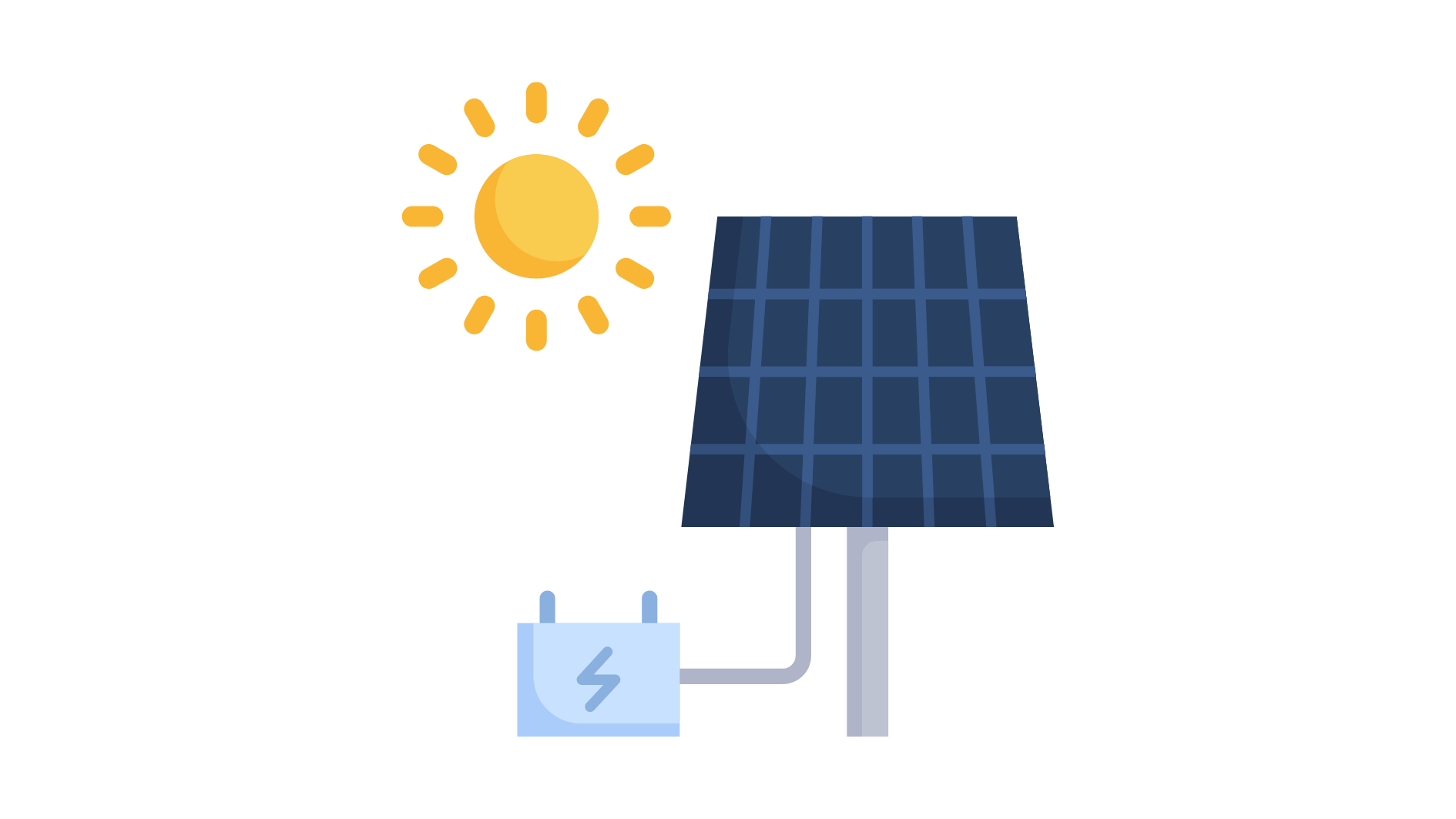Back to: Unlocking the Potential of Organic Solar Cells
Overview
Organic Solar Cells (OSCs) are a type of photovoltaic technology that utilizes organic molecules or polymers to absorb light and generate electricity. They present a promising alternative to conventional silicon-based solar cells due to their flexibility, lightweight nature, and potential for cost-effective production. As research and development continue, OSCs are emerging as an important part of the renewable energy landscape, with applications ranging from wearable electronics to building-integrated photovoltaics. Despite their potential, challenges such as efficiency, stability, and environmental sensitivity must be addressed to facilitate their widespread adoption.
Organic Solar Cells have potential applications in various fields due to their unique properties. Their ability to be manufactured using solution-processing methods makes them attractive for scalable production at a lower cost compared to traditional photovoltaics. Furthermore, their flexibility and lightweight characteristics enable their integration into unconventional surfaces, such as textiles, curved surfaces, and transparent windows, broadening their potential applications. Researchers are actively working on enhancing their efficiency, stability, and commercial viability by developing new organic materials, improving device architectures, and optimizing fabrication techniques.
Additionally, advancements in hybrid systems that combine OSCs with other solar technologies, such as perovskite solar cells, are being explored to achieve higher efficiency and better long-term performance. The use of multi-junction and tandem structures also holds promise for improving charge collection and energy conversion rates. Addressing the limitations of OSCs, including material degradation and sensitivity to environmental conditions, remains a key focus for ongoing research.
Key Concepts
Current Applications:

Flexible Solar Panels for Wearable Electronics
Lightweight and bendable OSCs can be integrated into clothing, backpacks, and portable energy solutions.

Transparent Solar Cells for Windows and Building-Integrated Photovoltaics
Semi-transparent OSCs can be used in architectural designs to generate electricity without compromising aesthetics.

Portable and Lightweight Solar-Powered Devices
Their compact and lightweight nature makes OSCs suitable for mobile charging units, emergency power supplies, and off-grid applications.
Future Developments:

Enhancements in Material Stability and Efficiency
New organic compounds and structural modifications are being explored to improve power conversion efficiency and extend the lifespan of OSCs.

Integration with Emerging Technologies Such as Perovskite Solar Cells
Hybrid solar technologies aim to leverage the advantages of both organic and perovskite materials to achieve superior performance.

Commercial Scalability Through Roll-to-Roll Printing
Large-scale production techniques, such as roll-to-roll printing, offer a cost-effective pathway for mass manufacturing, enabling widespread adoption in consumer and industrial applications.

Organic solar cells offer an exciting frontier in solar energy technology. While challenges remain, ongoing research continues to push their efficiency and stability closer to practical applications. Understanding their principles and advancements helps in evaluating their role in the future of renewable energy.




